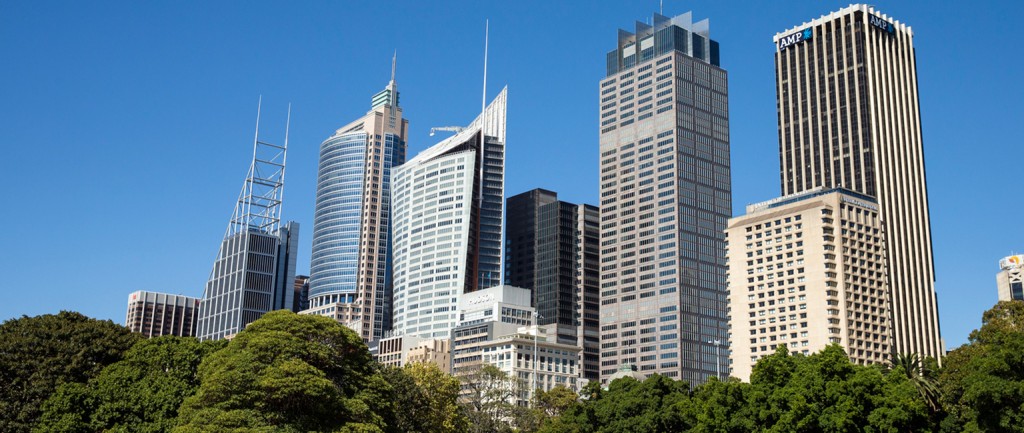Tale of two markets continues for CBD vacancy rates

Sydney and Melbourne’s office markets continued their strong performances during the June quarter while resources-hampered cities struggled, leading to a widening gulf between the cities.
At the better end is Sydney with only 7.1% of city office towers empty, compared with Perth, where 24.6% of the CBD buildings are vacant.
“The current spread (17.5 percentage points) is unprecedented and accurately reflects the divergence across CBD office markets,” according to JLL head of strategic research, Andrew Ballantyne.
The increasing chasm in vacancy rates between the capital cities is going against the long term trend, Ballantyne notes.
Small business: Little guys lead office demand growth
Sydney saw 33,300sqm of office space taken up in the three months to June with net absorption running at 119,100sqm for the half as businesses in financial and professional services and the technology sector led the expansion.
“Over the past few months we have started to see the impact of tenant displacement from the compulsory acquisition of assets for the Sydney Metro project and the conversion of office assets on the Sydney CBD leasing market,” according to JLL head of leasing Tim O’Connor.
“However, only a small fraction of these tenants have committed to new premises and displacement will generate new leasing inquiry over the 2016-17 financial year.”
The city’s vacancy rate rose slightly as space came back on to the market after tenants moved into new developments.
Sydney’s prime gross effective rents increased 2.1% for the quarter and 12.2% for the year to June.

Melbourne and Sydney’s CBDs remain highly sought after.
Melbourne’s vacancy rate fell from 9.2% in the first quarter to 8% in the three months to June with 137,500sqm of CBD offices taken up over the half.
The city had lagged the rent recovery in Sydney. However, a hiatus in projects being completed and lessening options for tenants may see better rental growth over the second half of the year and into next, O’Connor says.
JLL says five of the six central business districts it monitors recorded positive net absorption over the year to June, including the challenged Brisbane market. In Brisbane, net absorption of 27,400sqm for the quarter — take up was 46,900sqm for the full financial year — saw the level of empty office space fall to 16.6%.
We have started to see the impact of tenant displacement from the compulsory acquisition of assets for the Sydney Metro project
The Queensland economy is past its trough, with Brisbane’s comparatively low house prices prompting interstate migration, Ballantyne says.
Canberra’s vacancy rate fell to 13.2% in June, while prime gross effective rents increased 2.5%. Adelaide also saw its vacancy rate improve to 16.2%.
Central business district office markets should continue to improve as development activity peaks in most markets this year and older office stock is withdrawn from the market, O’Connor says.
This article originally appeared on www.theaustralian.com.au/property.







